Interior greening & Sweet Jungle, nature invites itself into your home
Created in 2018, Sweet jungle is the story of a common passion shared by two sisters. An affinity for plants and decoration that naturally led one, then the other, into the fields of interior planting. Sarah Brottet, the brand's founder, takes a closer look at this lovely initiative.
Bring nature into your office, shop or home with Sweet Jungle !
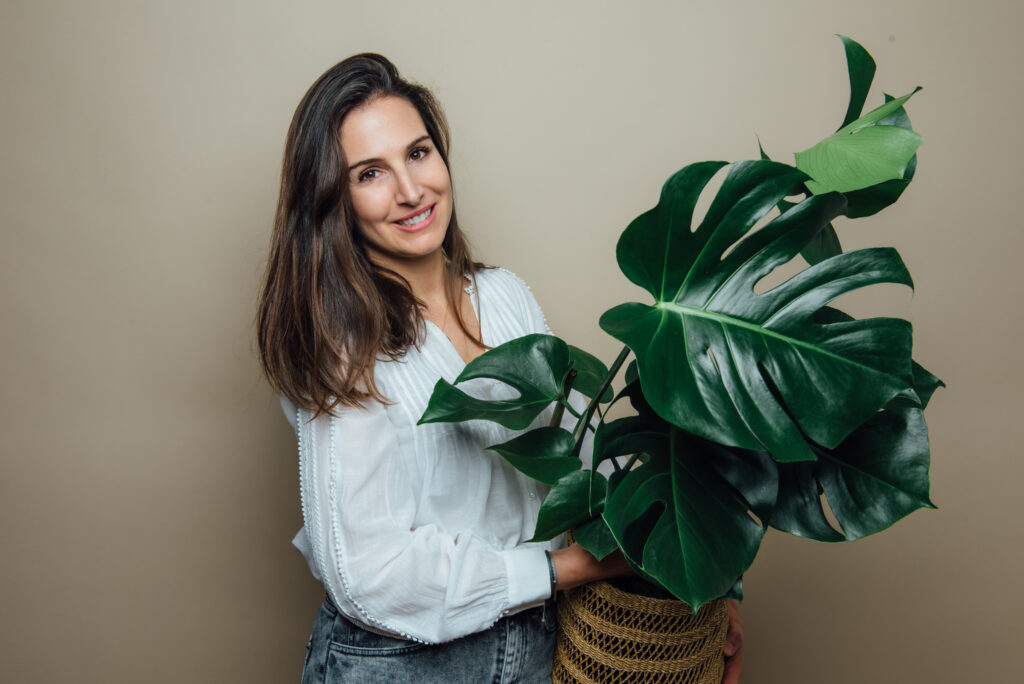
Sweet Jungle, for the love of plants
After a career in the digital industry in London, then in Paris where she met her partner, Sarah Brottet felt the need for a change. A desire to fulfill herself in a project that appeals to her and speaks to her more.
With a passion for plants and decoration, and inspired by her botanist grandparents, the idea of starting her own business in interior planting was born. This idea became even more apparent when Sarah decided to take personal charge of decorating an old workshop near the Canal Saint Martin. Her partner had given her carte blanche to design his own offices there in 2017.
"In this industrial space made of raw materials, I wanted to bring nature in. Tropical plants create a warm, friendly atmosphere. A true haven of peace in the heart of Paris. This is how Sweet Jungle was born in 2018."
How did the Sweet Jungle brand grow ?
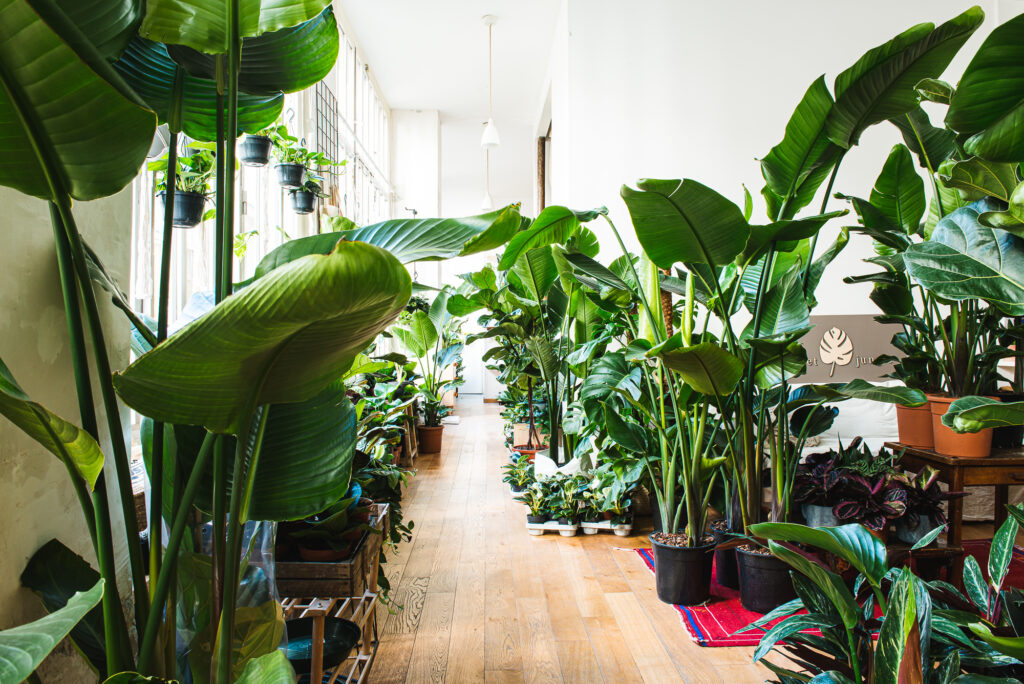
Seduced by Sarah's work, many customers who were meeting in her husband's office wanted to recreate this atmosphere in their own space. That's how the first interior greening projects came about.
"Word of mouth and communication on social networks then took effect, as companies became increasingly aware of the positive impact of plants on quality of life at work."
Florence's arrival in the company
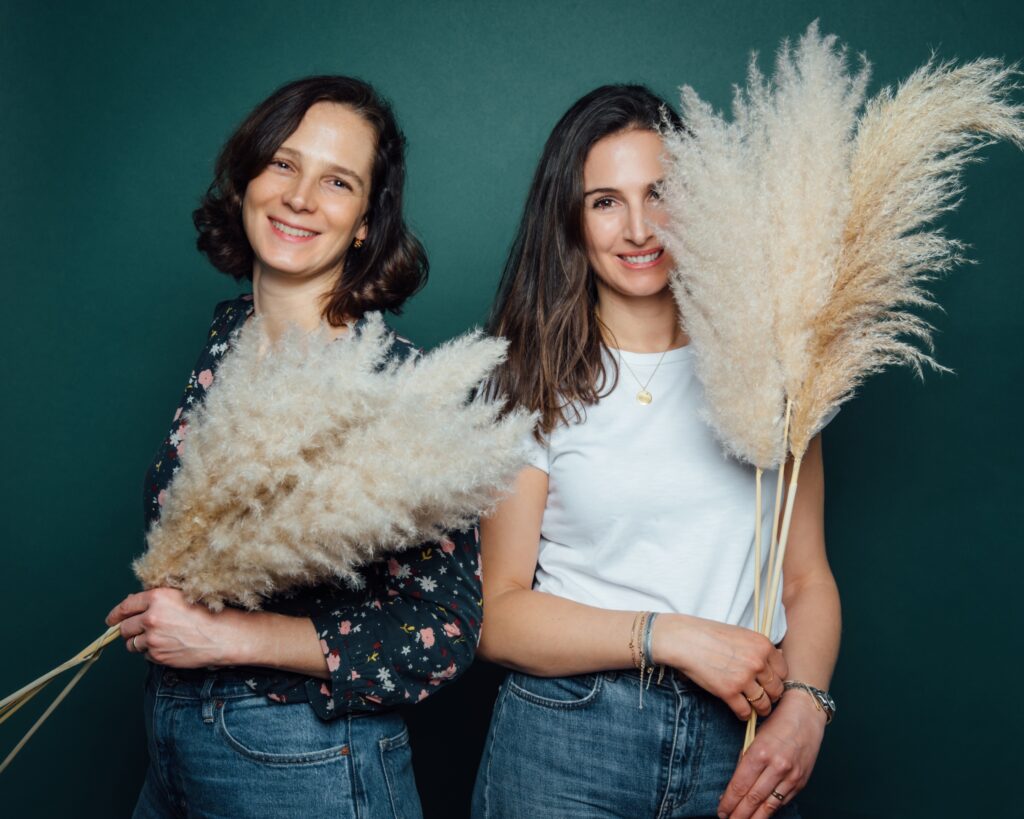
Unfortunately, the covid health crisis did not spare Sarah's project, which was put on indefinite hold... Nevertheless, with the introduction of telecommuting and confinement, the need for greenery gradually began to make itself felt. The desire to go green was such that an unexpected number of private individuals contacted Sweet Jungle to buy plants.
"The phenomenon is taking on such proportions that it would take two of us to manage it.
And so Florence officially joins Sweet Jungle !
In 2020, the two sisters launched ane-shop, a delivery service for private customers and direct sales in the workshop.
"It's a new relationship, a working relationship, different from the one we had. But we remain sisters, united for life, confidants, and trusting of each other."
How does an interior greening project work ?
Whether for companies or individuals, it all starts with a visit to the premises. Sweet Jungle gets a feel for the style, then takes a look at the display and possible locations for the plants. We then take measurements and photos to create a personalized visual proposal. Plants and planters are then selected in harmony and according to the luminosity of each location. Once we have your approval, your interior planting project can come to life in your home.
How are the plants chosen ?
At Sweet Jungle, plants are chosen not only for their aesthetic qualities but also for their resistance to extreme indoor conditions: heating, air conditioning, dry air, etc. This is our way of offering our customers only the best!
Most houseplants come from humid tropical regions such as Southeast Asia or South America. They are then shipped to the Netherlands, where they are acclimatized to live in our temperate interiors.
Sarah Brottet, the brand's founder, strives to limit her company's impact on the environment. As such, she takes care to select partners who share the same concerns / eco-responsible and ethical practices.
"We select eco-labeled horticultural producers. We have selected suppliers with the MPS-ABC label: an international certification that measures the environmental footprint of ornamental plant production."
Sweet Jungle, plants and more !
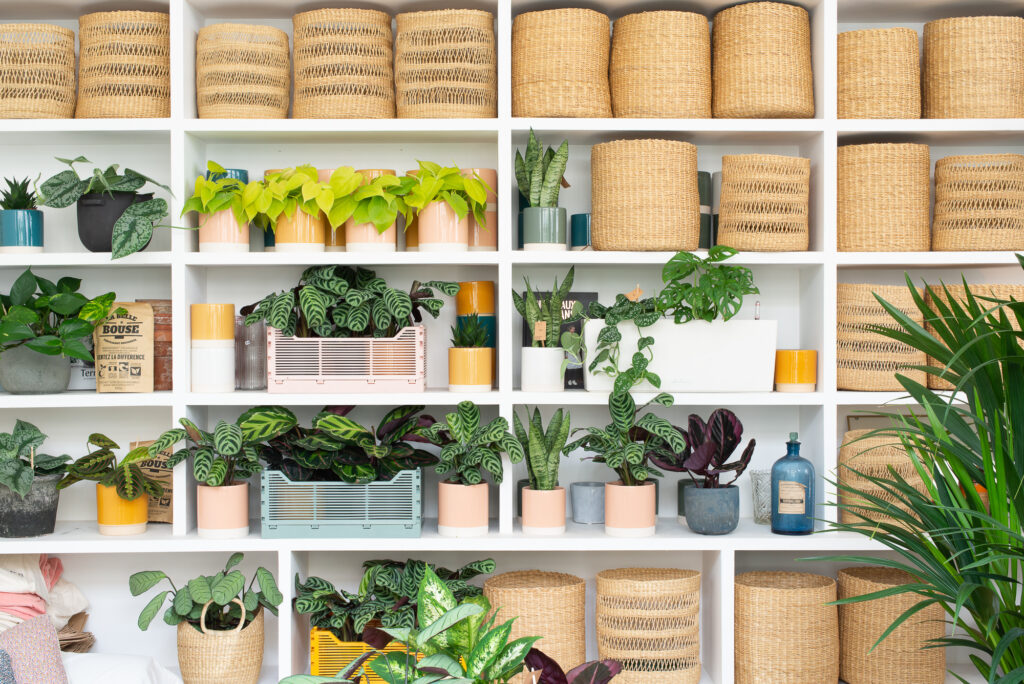
In addition to plants, Sweet Jungle also offers a selection of accessories such as :
● Custom-made planter baskets for his plants in Ghana and Niger .
The collections are designed in partnership with associations. They are hand-woven by local craftsmen from natural, renewable plant fiber.
● La Belle Bouse natural fertilizer.
Produced on organic farms in the Savoie region, this fertilizer complies with a label that promotes farming methods that respect natural balances.
● Oyas, or Ollas from the Pépin brand.
These small ceramic water reservoirs, to be planted at the base of plants, ensure that watering needs are met as closely as possible. Oyas Pépin clay is handcrafted in Andalusia.
What types of plant are recommended / to be avoided for indoor green spaces ?
Recommended plants
If you want to green your home, we recommend you opt for depolluting plants such as ficus elastica, scindapsus, monstera deliciosa and kentia palm.
"Most houseplants are depolluting anyway. Some are more so than others."
Your choice will then depend on the space available, the exposure and the time you have to devote to your plants. Some plants are very easy to care for and require little water or attention, such as zamioculcas and sansevieria.
If you like drooping plants such as aeschynanthus pink polka or mona lisa, these are easy to care for and look great suspended. For bright interiors, opt for ficus lyrata with large green leaves and alocasia zebrina with zebra stems. For darker interiors, Sweet Jungle recommends calatheas. Pretty, patterned plants whose foliage closes in the evening.
Finally, if you're going for a jungle and tropical feel, strelitzia is your best bet. A plant with large green leaves resembling those of the banana tree.
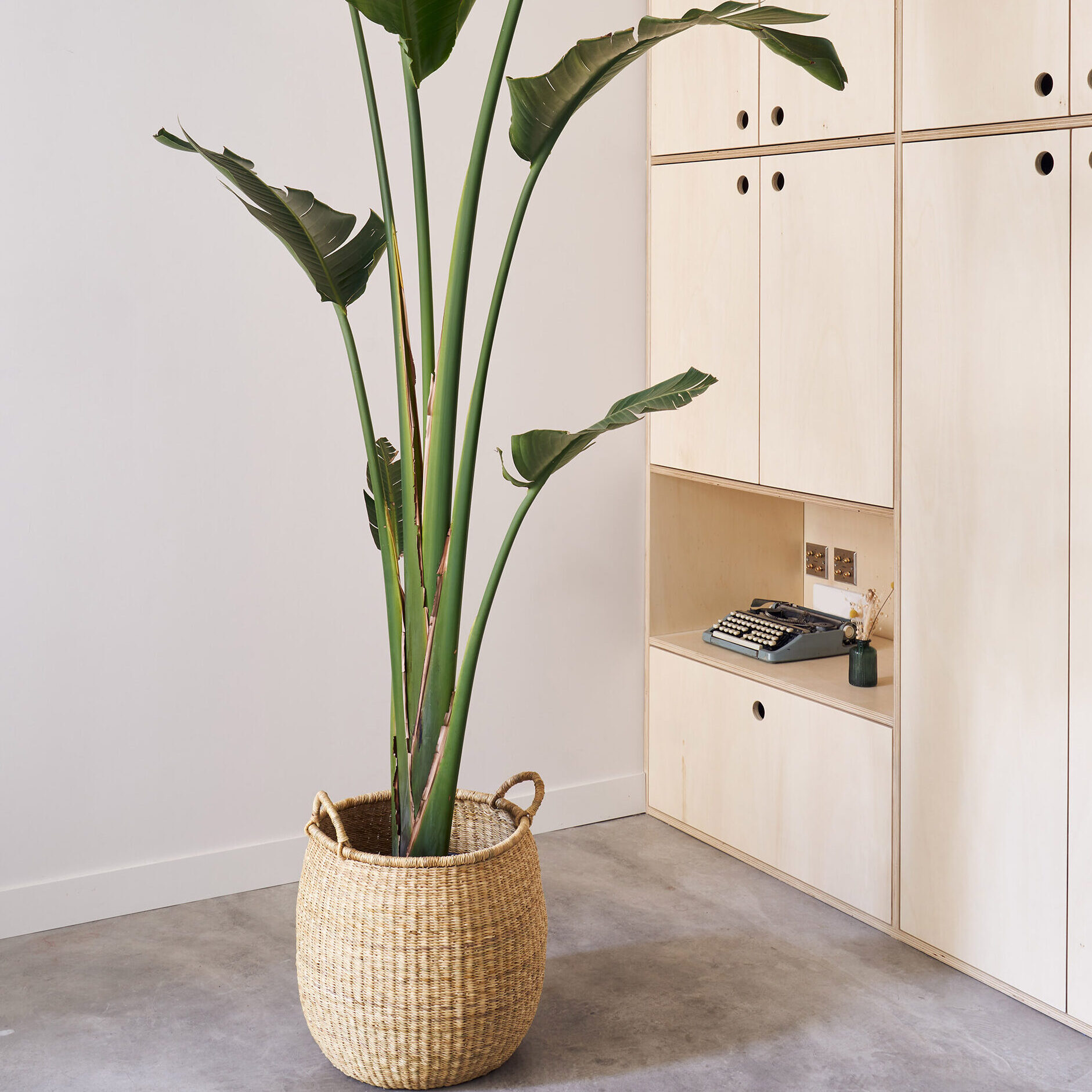
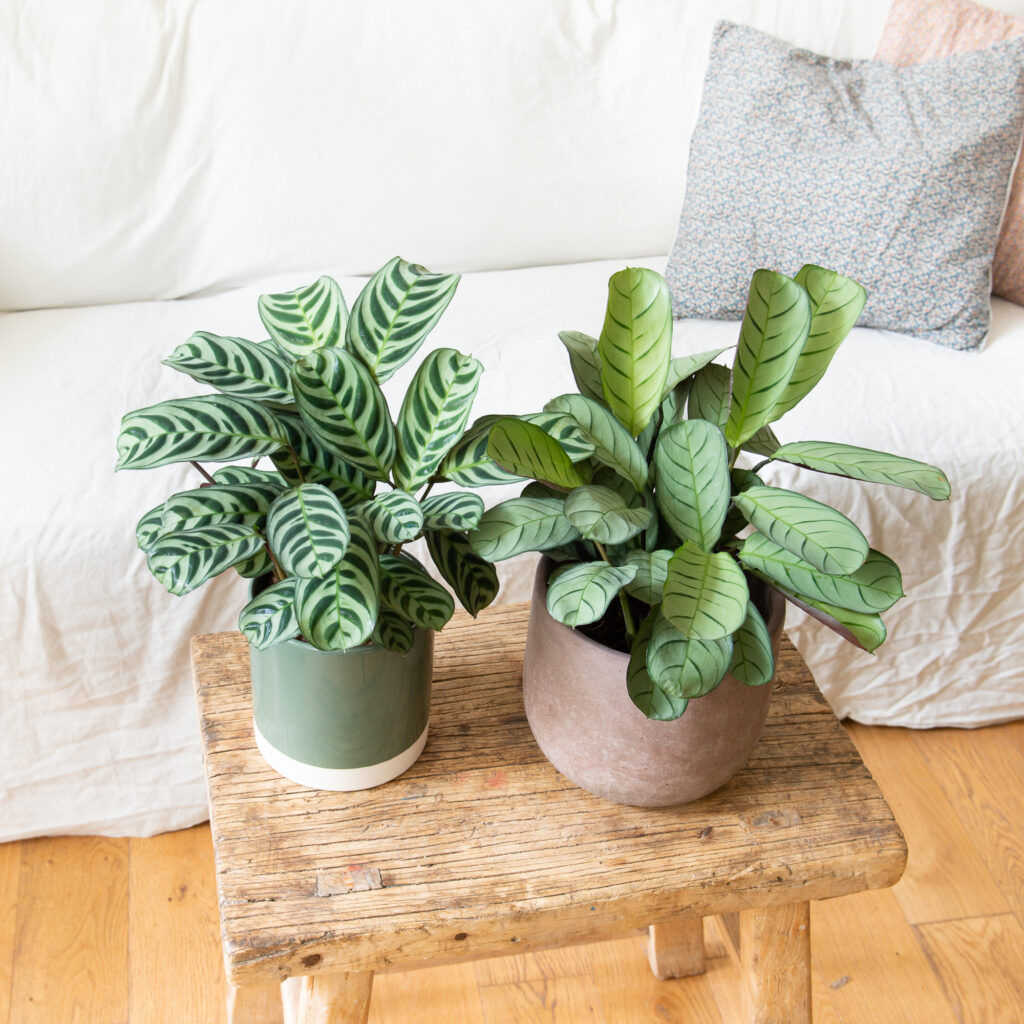
Plants to avoid
When it comes to plants to be avoided in interior landscaping, some may be toxic to pets. In this case, calatheas, kentia palms, marantas, aeschynanthus and haworthia are "pet-friendly" plants, non-toxic to pets.
Sarah's tips for keeping your plants in shape for years to come
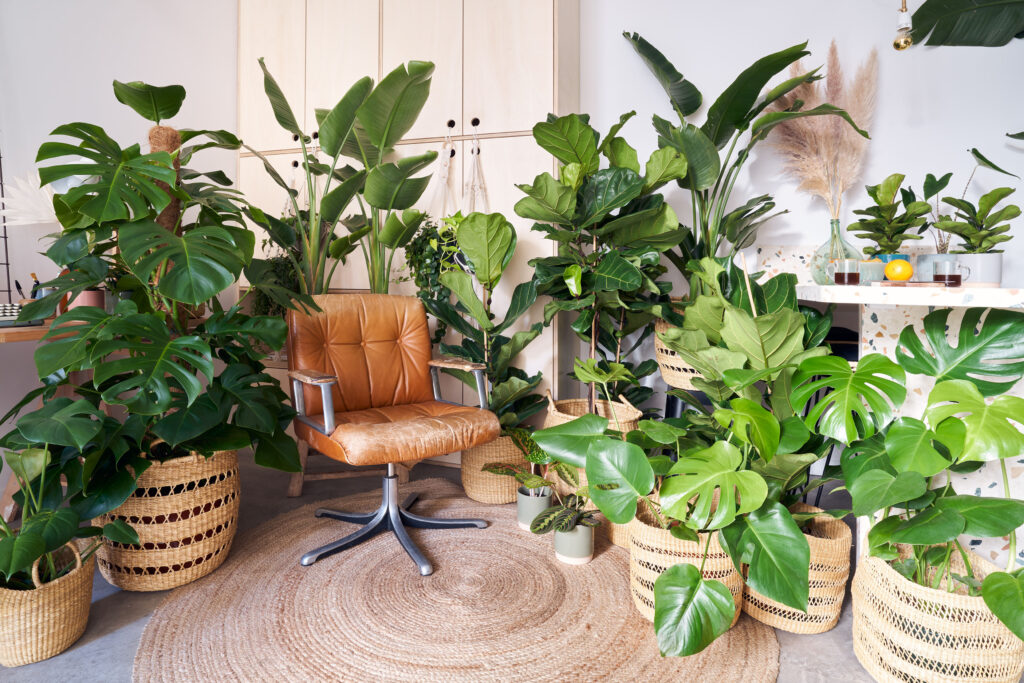
To help you look after your houseplants, Sarah offers these tips to keep your home green and warm all year round!
- Avoid placing your plants near heat sources (radiators, computers, etc.). Hot, dry air is their enemy. They also dislike draughts and temperatures below 16 degrees on average.
- Find out about the water and, above all, light requirements of the plants you've chosen.
- Be rigorous about the frequency of watering and the attention paid to plants. Watch out for insect infestations, which can occur but can be stopped if you act early enough.
- Dust the leaves 1x/month with a mixture of water and black soap. This polishes the foliage and enables photosynthesis.
- March to October : add fertilizer to the potting soil to provide the plant with the nutrients it needs throughout its growth period.
- Don't hesitate to cut off yellowed or damaged leaves, to facilitate the regrowth of new ones. This is a plant's natural cycle.
- Repot in a larger pot when the plant has grown and seems to be running out of room.
In offices, plants act as air purifiers and generate humidity. Sarah Brottet's interior planting services offer a real advantage in these spaces, which are often too dry for our mucous membranes.
Studies also show that plants boost morale, creativity and productivity, and reduce absenteeism in the workplace.